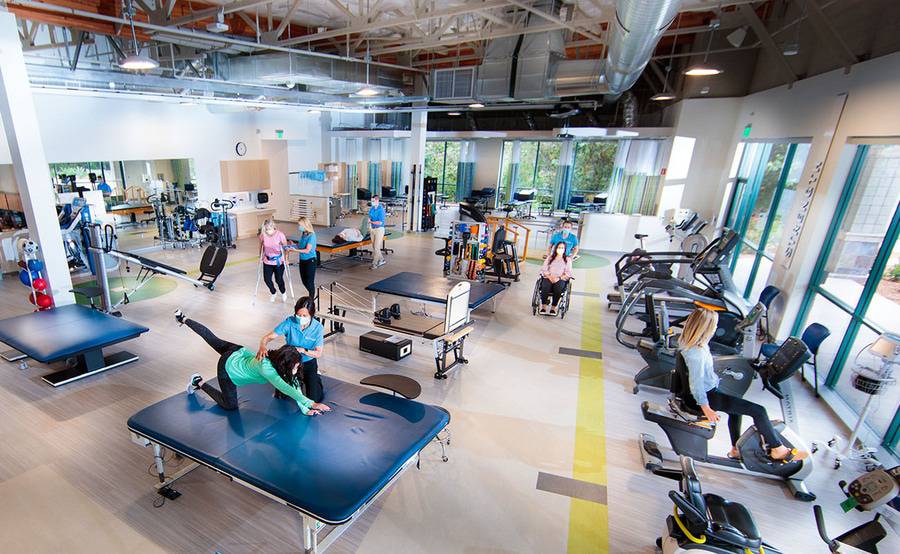One common technique used in physiotherapy is therapeutic exercise. This involves targeted movements and exercises that assist strengthen muscle strength, improve range of motion, and increase endurance. For instance, a client rehabilitating from knee operation may engage in exercises that focus on rebuilding strength in the lower limb muscles. These exercises are meticulously selected based on the individual’s status and goals. By incrementally boosting the difficulty and complexity of the activities, physical practitioners can help patients recover their power and mobility over a period.

Another crucial method is manual therapy, which comprises hands-on approaches to adjust the human body soft muscles and articulations. This can involve flexibility exercises, mobilization, and massage. Hands-on therapy aims to alleviate discomfort, reduce swelling, and enhance circulation. For example, a therapist may apply gentle force to relieve stress in tight muscles or to help a joint function more smoothly. This technique is often integrated with other treatments to enhance rehabilitation and encourage healing. Patients often consider manual treatment to be a relaxing and beneficial way to manage their discomfort.
In furthermore to exercises and hands-on therapy, education plays a vital role in physiotherapy. Therapists teach clients about their conditions and how to handle them effectively. This may include advice on proper alignment, body movements, and strategies to prevent subsequent injuries. For instance, a therapist might demonstrate a patient how to raise heavy items safely to prevent injuring their back. By enabling patients with understanding, physical therapists assist them take an engaged role in their rehabilitation and encourage sustained wellness and fitness.
Finally, technology is increasingly being incorporated into physiotherapy practices. Devices such as sonography, electrical impulses, and virtual environments can improve conventional treatment approaches. These technologies can help reduce discomfort, promote recovery, and offer interactive methods for patients to engage in their rehabilitation. For instance, immersive environments can generate immersive settings for patients to practice movements in a safe and secure environment. As advancements continues to develop, it offers promising opportunities for enhancing rehabilitation results in physiotherapy.
In summary, physiotherapy encompasses a range of methods that more helpful info function together to assist recovery and rehabilitation. Through rehabilitative exercises, hands-on treatment, patient instruction, and the application of technological tools, physiotherapy therapists offer holistic care customized to each patient’s requirements. This holistic method not only helps patients recover their physical abilities but also enables them to maintain their health in the long-term run. As an increasing number of individuals acknowledge the benefits of physiotherapy, it remains to play a vital part in the journey toward enhanced health and well-being.